What are the hottest new gravel trends for 2020? Where do the lines between road and mountain bike blur? Do you need gravel-specific components? After our big group test of 14 gravel bikes, we can provide the answers.
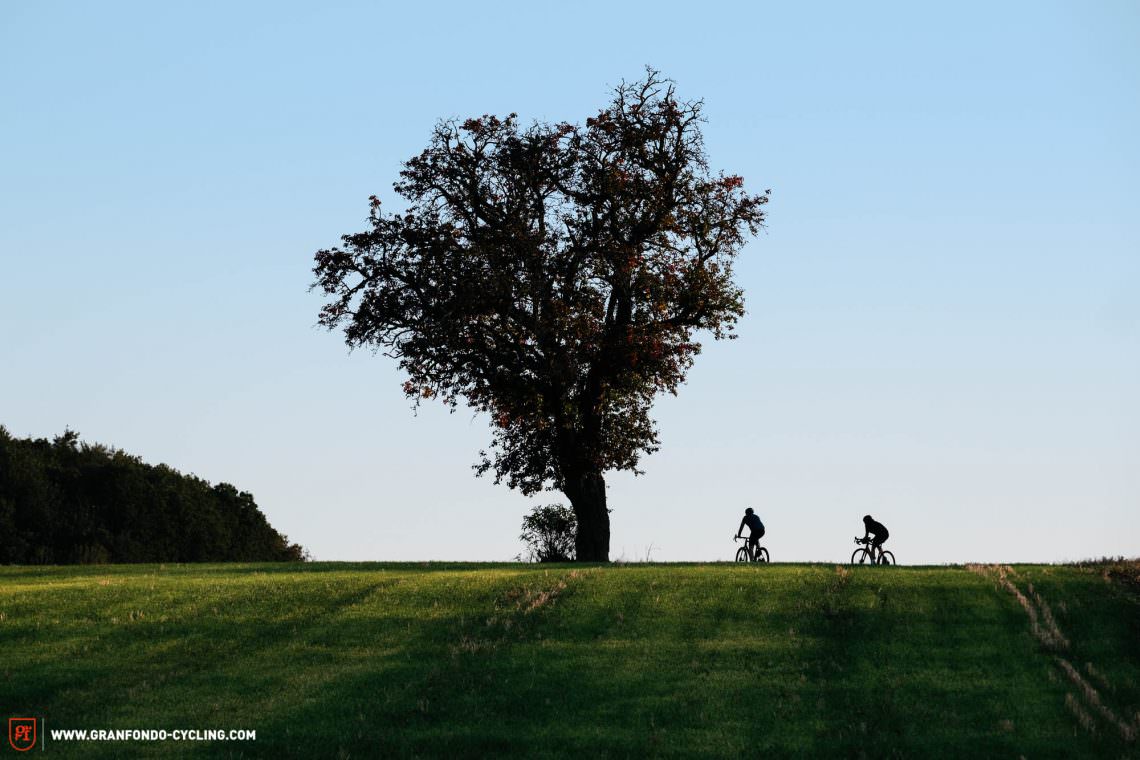
The constantly developing gravel market doesn’t always make it easy to stay up to date with all the newest changes and latest trends. We combined the experiences and findings from last season along with our latest group test to present you with the most relevant trends for 2020. Here you can find the current best-in-test gravel bike (just click here)
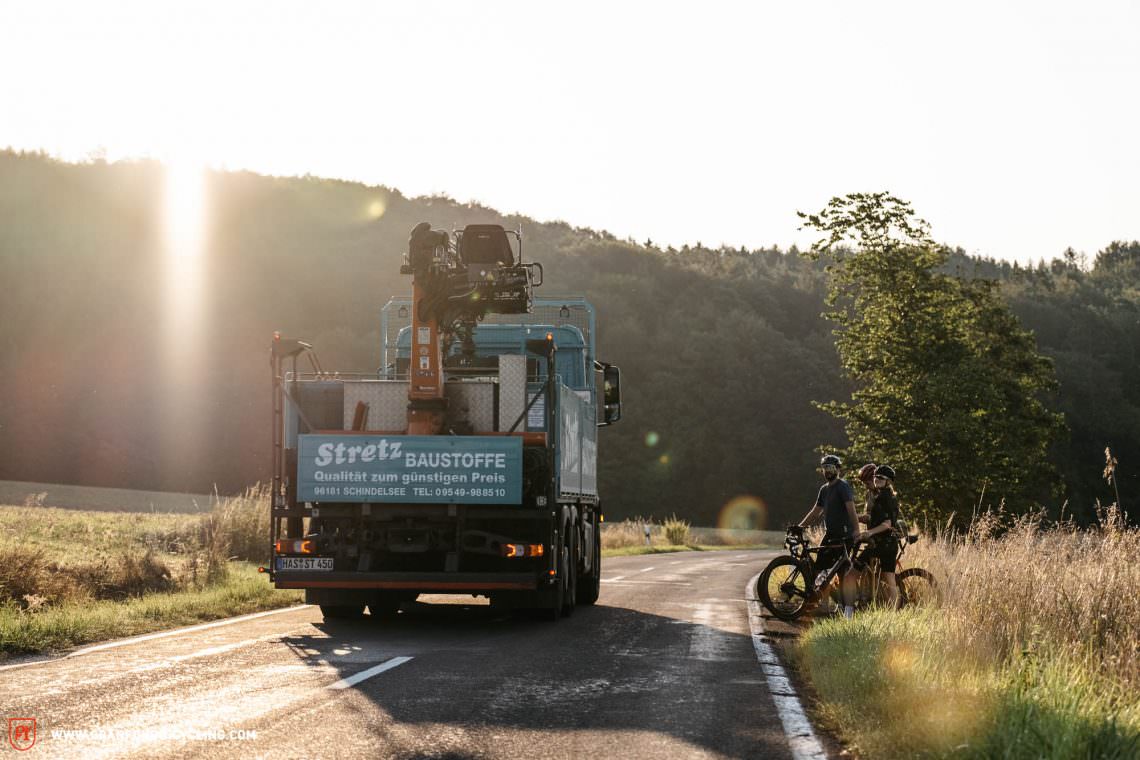
Gravel doesn’t just mean gravel
The market for gravel riders is booming and the range of bikes on offer feels like it is growing in size every day. Along with this, road-oriented bikes are becoming ever more off-road-capable thanks to new technologies, while drop bar off-roaders are becoming ever better on the road. With the range of options on offer, it’s extremely important that you’re clear on where you will actually want to use your bike:
- mostly on tarmac with occasional gravel excursions – this is where models such as the Trek Domane SLR 9, Standert Pfadfinder or ROSE BACKROAD shine
- 50:50 – models such as the Liteville 4-One MK1, Pivot Vault, Cervélo Aspero or Cannondale Topstone Carbon are the right choice here
- off-road all the time, roads are just a necessary evil – models such as the OPEN WI.DE or the Kona Libre AL are especially well suited
It’s also important to note that gravel bikes are not the optimal choice for either time trialling or technical downhills – there are specialised bikes better suited to each. Just because you could, doesn’t necessarily mean that you should.

Gravel is the answer
More and more, the gravel bike is the drop bar bike of choice for new riders – it is increasingly replacing road bikes as a first bike thanks to its increased versatility and user-friendliness. At the same time, ProTour team riders are being encouraged to take part in gravel races. Indeed, the Cervélo Aspero frameset even sports a UCI sticker, meaning it is approved for use in official UCI races. Will the gravel bike become the workhorse of the pros and bring a bit of adventure to the peloton? Who knows. But one thing is clear: gravel is no longer an alternative trend and has grown from niche pastime to a mainstream category offering everyone from ambitioned racers to beginners and adventurers an exciting and promising platform!
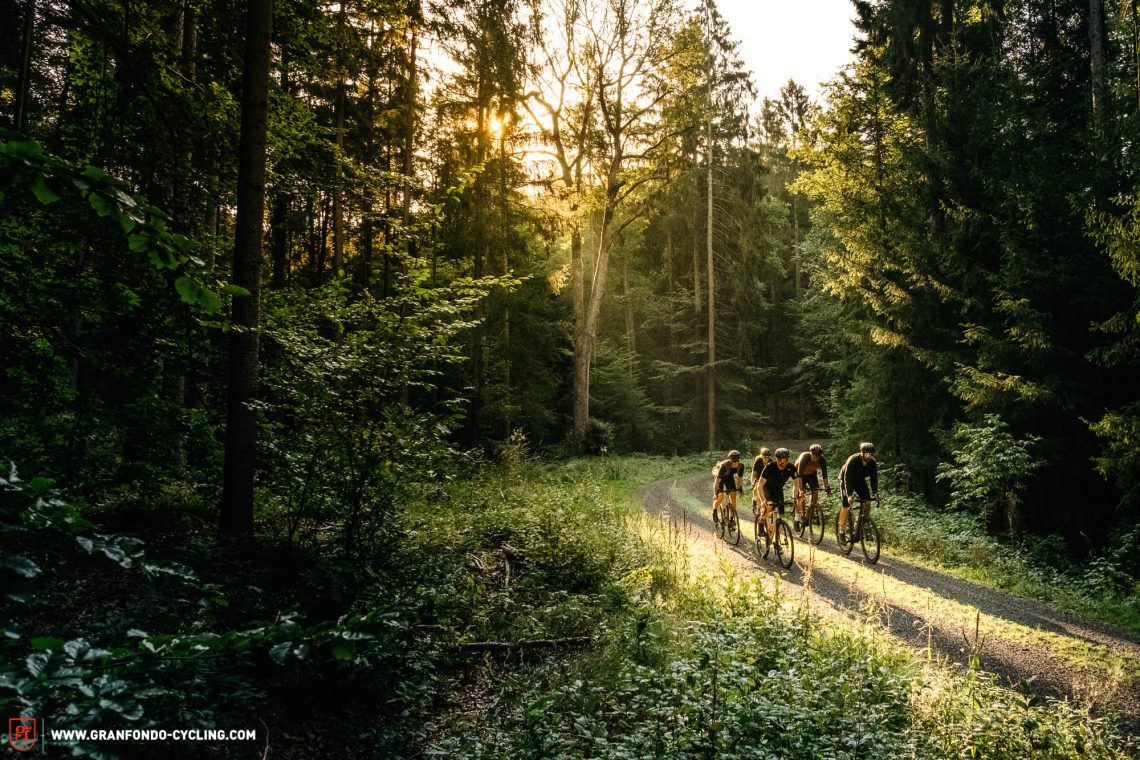
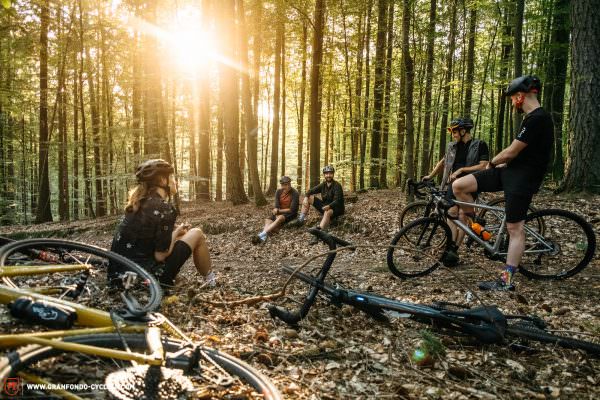
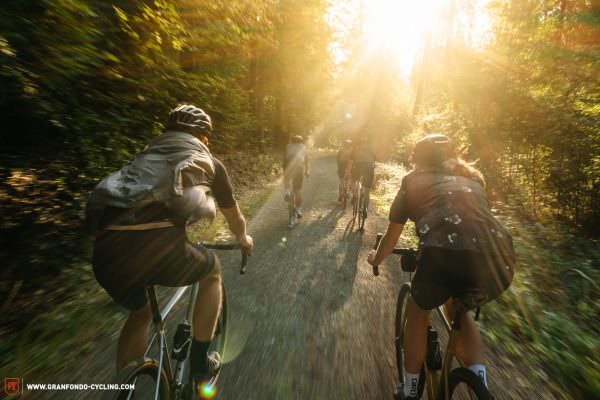
Dropper posts on gravel bikes
Dropper posts on gravel bikes continue to generate heated discussion. The different worlds of the bike industry crash into each other here: traditionalist designs, which are basically a road bike with more tire clearance stand in contrast to more progressive concepts, which take inspiration from the mountain bike sector in terms of geometry, features and parts. A dropper on a gravel bike makes descending technical terrain easier. Beginners also appreciate the increased ease of mounting and dismounting the bike. In contrast to mountain bikes, 40–70 mm travel is sufficient – just enough to get the saddle out of the way. Along with the increased weight and additional lever on the bars, droppers often result in an additional compromise in the overall comfort of the bike. While many carbon seatposts damp vibrations effectively even with relatively little length exposed, the benefit of dropper posts is definitely not in the realm of compliance. While we think that for certain parts of the gravel market droppers are a clever option, we can’t make a blanket recommendation.
Adventure is calling: bikepacking and bike touring
Gravel bikes invite you to go out to explore and expand your riding horizons. Once you’ve discovered everything close by, your first bikepacking trip isn’t far off. Framesets with numerous attachment points offer good options for mounting bags and luggage securely. Just as you can never have too many snacks for your ride, you can never have too many mounting points on your frame. Make sure that along with the bottle cage mounts, the frame can also take mudguards and racks. That means you’ll be able to decide in the future whether you want to take your bike on holiday, or whether the bikepacking expedition becomes part of your journey.
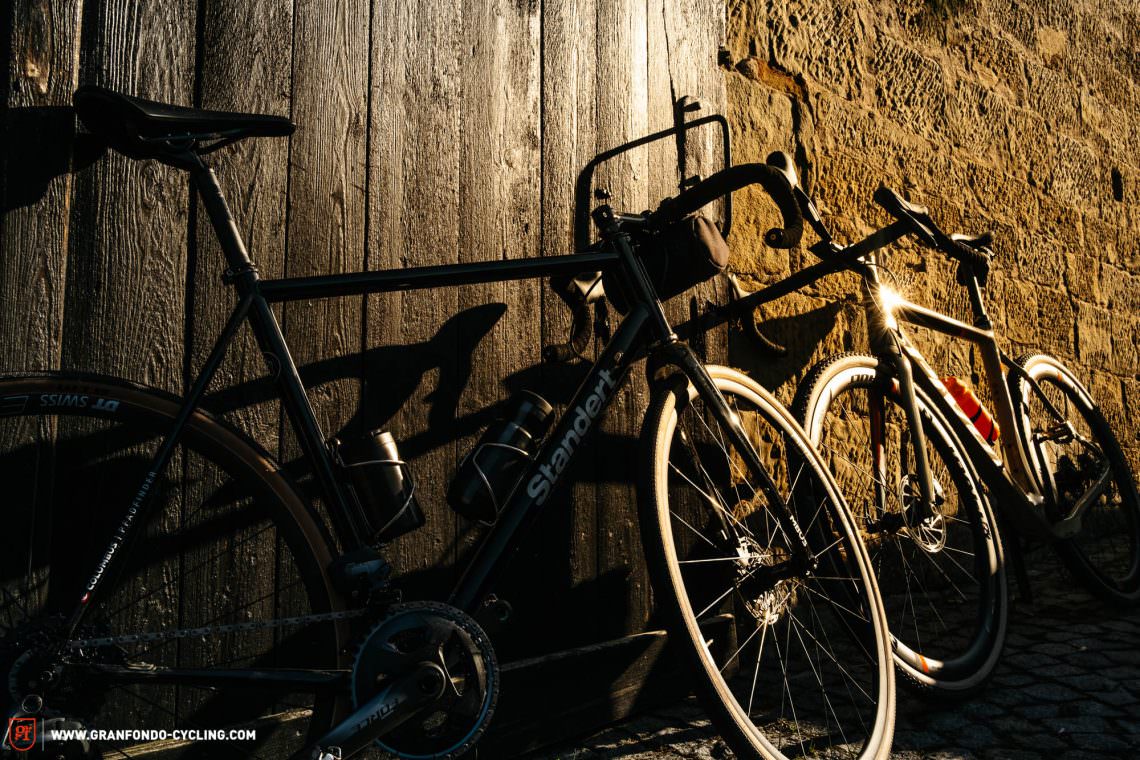
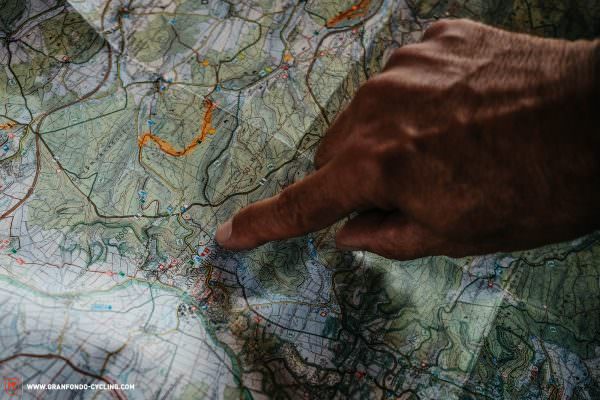

Aero is everything…
… just not on a gravel bike. While several bikes in our group test have aerodynamic features, the frontal area of 700 x 40C tires and the turbulence caused by tread patterns on tires, as well as externally routed cables, along with the more upright riding position are the real source of increased air resistance. Don’t worry so much about aerodynamics and enjoy the breeze blowing through your flannel shirt.
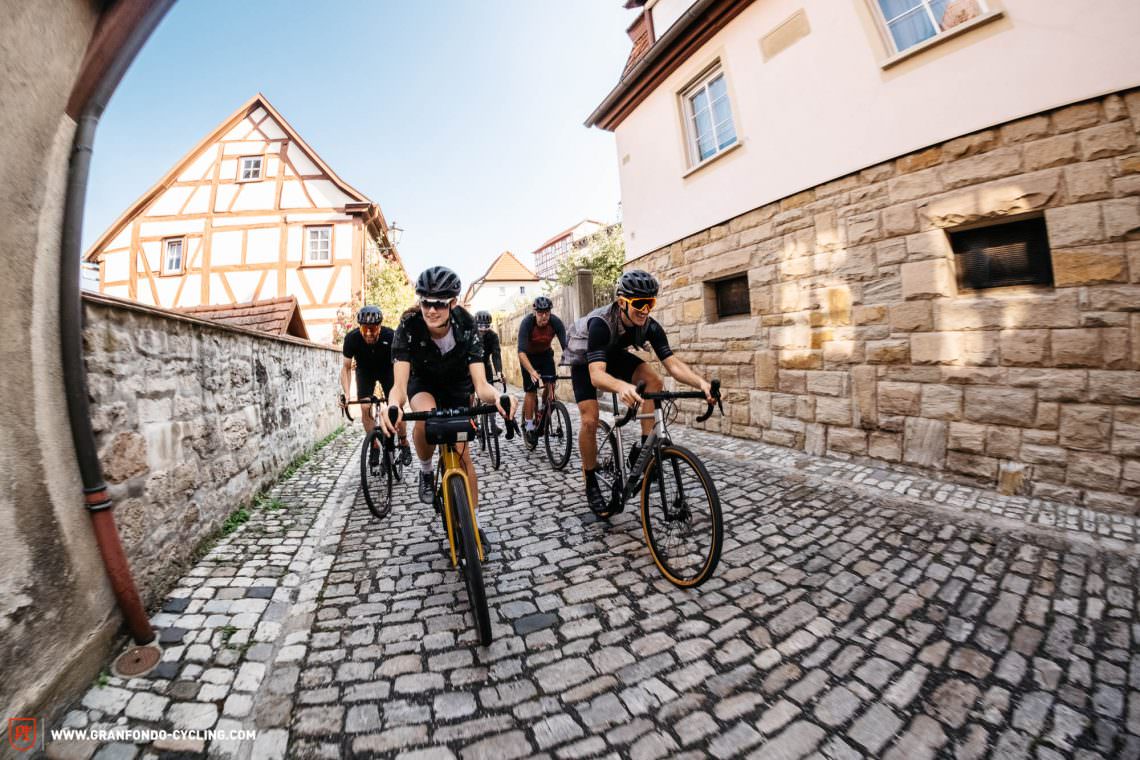
2x isn’t dead!
A well-maintained 2×11 or even 2×12 groupset significantly expands where a bike can be ridden. The smaller steps between gears ensure optimal performance in less demanding terrain and modern derailleurs with clutch mechanism avoid dropping chains and minimise noise off road. 1x systems are the drivetrain of choice for those who are often riding on rough terrain and prefer the intuitive shifting and cleaner looks. The massive 10-50 t cassettes of many SRAM groupsets provide you with 500% gear range. Shimano also offer a cassette with a gigantic 10–51 t range. Despite the single chainring, that makes these drivetrains very versatile, though the gear steps are noticeably bigger.
Production line comfort
Almost every bike in our group test has at least one comfort-focused design feature. The innovative solutions showcased by Trek’s IsoSpeed system or Specialized’s Future Shock 2.0 suspension show that suspension and comfort will be an integral part of future bike generations.
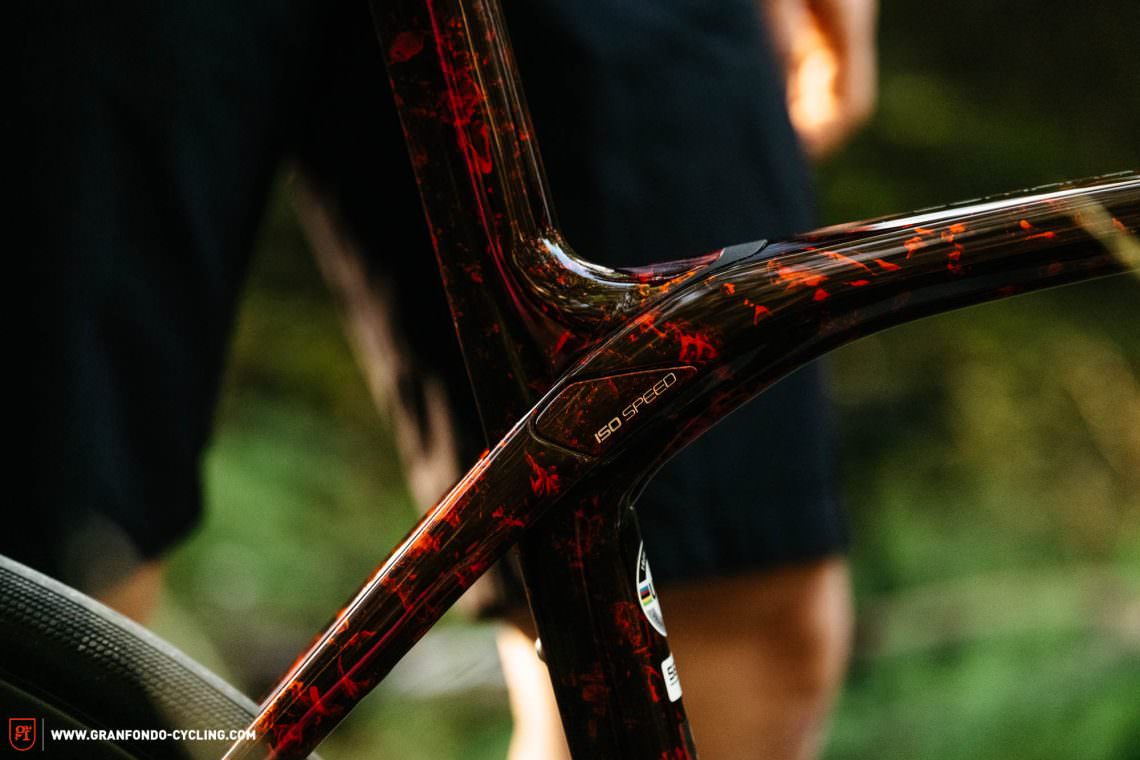
It depends on the right size
When it comes to choosing your dream bike and you fall between two frame sizes, road bikers will often size down and fit a longer stem to compensate for the missing millimetres. We can’t always recommend the same for a gravel bike. For gravel races and sporty riders, this rule of thumb might apply, but for hobbyists and leisure riders it’s a different story. We would recommend a larger frame and a shorter stem instead. Similar to the geometry trends in mountain biking, this creates increased stability on rough terrain and a more upright, more relaxed riding position. Of course, this rule of thumb is no replacement for a proper bike fit.
Get rid of the inner tubes – tubeless
Tubeless systems replace the traditional inner tube with sealant that makes the tire airtight. Nowadays, many tires and rims can be set up tubeless – we show you how to do it here. Increasingly, brands are offering bikes set up tubeless as standard. Indeed, during the Tour and the Vuelta, some pros showed that the era of clinchers and tubulars might be coming to an end. As well as reducing the chance of getting a puncture, tubeless setups can also improve the riding and handling characteristics of your bike. Friction between the tire and inner tube is removed, meaning the tire is able to flex more easily, rolling faster and conforming to uneven terrain better. The reduced risk of pinch flats means that you can run tires at a lower pressure and increase comfort further. Win-win!


Gravel specific parts are a necessity
If the gravel sector is so versatile, why is it necessary to have such specific products and components? We’re not talking about accessories like your stylish shirt or a titanium mug to strap to your seat pack, though of course, you shouldn’t dismiss these out of hand 😉 No, we’re mainly talking about tires! When the surface you’re riding on is constantly changing, you need a top-class tire. It needs to have enough grip, roll quickly, offer enough comfort and suspension, as well as mount easily tubeless. We’ve looked in more detail at how a tire is constructed, how wide it needs to be and what tire treads provide the best all-round characteristics in our gravel tire group test. With increasing volume, the tire also becomes more sensitive to slight changes in pressure. Our recommendation on finding the ideal pressure can also be found in our gravel tire group test.
Gravel needs flare
We have one additional recommendation for you: flared bars are an absolute must on a gravel bike. The outward angled drops offer more control as the rider’s elbows are automatically pushed wider. The tops and hoods remain largely unchanged though, retaining a pleasantly roadie-like compact and aerodynamic position. The range of bars available offers something for everyone. It spans everything from a classically styled, flared bar like the Easton EC70 AX, to very wide (around 480 mm) models like the Syntace Racelite Carbon, to uniquely shaped options like the 3T Superghiaia with its straight positioning of the hoods or the Ritchey WCS Venturemax with its ergonomically shaped drops.
Metal makes a comeback
Carbon is an incredibly versatile material that has completely changed the landscape of the bike world in the last few years. At the same time, manufacturing techniques for aluminium and steel have continued to develop, making new concepts and construction methods possible. Compared to carbon framesets, aluminium and steel are often seen as more economical alternatives and in many cases, they do have a more attractive price point. However, bikes like the Standert Pfadfinder or the Liteville 4-ONE Mk1 show that metal frames can also command a premium. Depending on where you’re riding, a modern aluminium or steel frame can be an excellent choice.
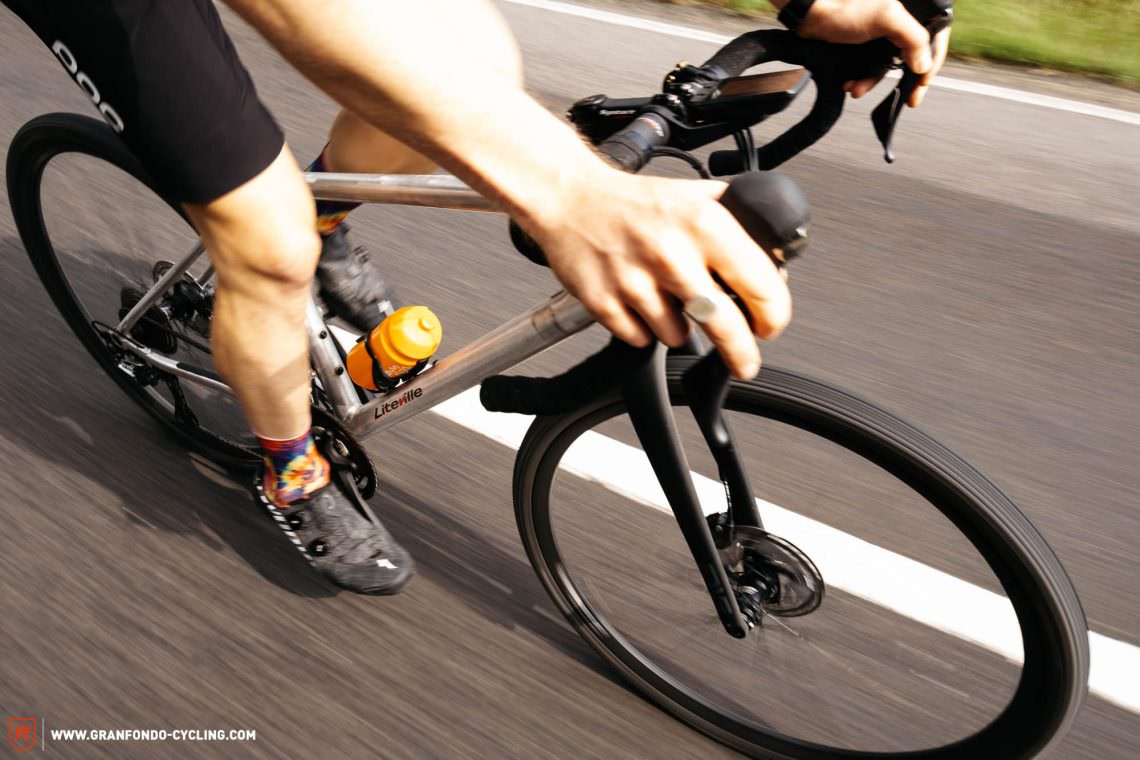
Clear distinctions are melting away: mountain bike or gravel bike?
The wheel of time keeps on turning and eventually makes a complete revolution and starts again from the beginning. That’s how it seems with parts of the gravel sector at the moment. Compare bikes like the full suspension Niner MCR 9 RDO or other gravel models equipped with suspension forks and dropper posts with 90s mountain bikes and you’ll be hard-pressed to identify significant differences in the concepts. John Tomacs rode both the Yeti C-26 and Raleigh Signature frames with drop bars, on high-volume tires, with 40 mm travel from and stood on podium after podium. The mountain bikeisation trend of gravel is open to some critical questioning, but it does show the technical innovations and options available to manufacturers today. Are we moving towards the ultimate off-road bike, that is just at home winning the XC World Cup as it is events like the Dirty Kanza?
For more about gravel and the best gravel bike out there head to granfondo-cycling.com/the-best-gravel-bike
Did you enjoy this article? If so, we would be stoked if you decide to support us with a monthly contribution. By becoming a supporter of GRAN FONDO, you will help secure a sustainable future for high-quality cycling journalism. Click here to learn more.
Words: Benjamin Topf, Robin Schmitt Photos: Robin Schmitt, Benjamin Topf







